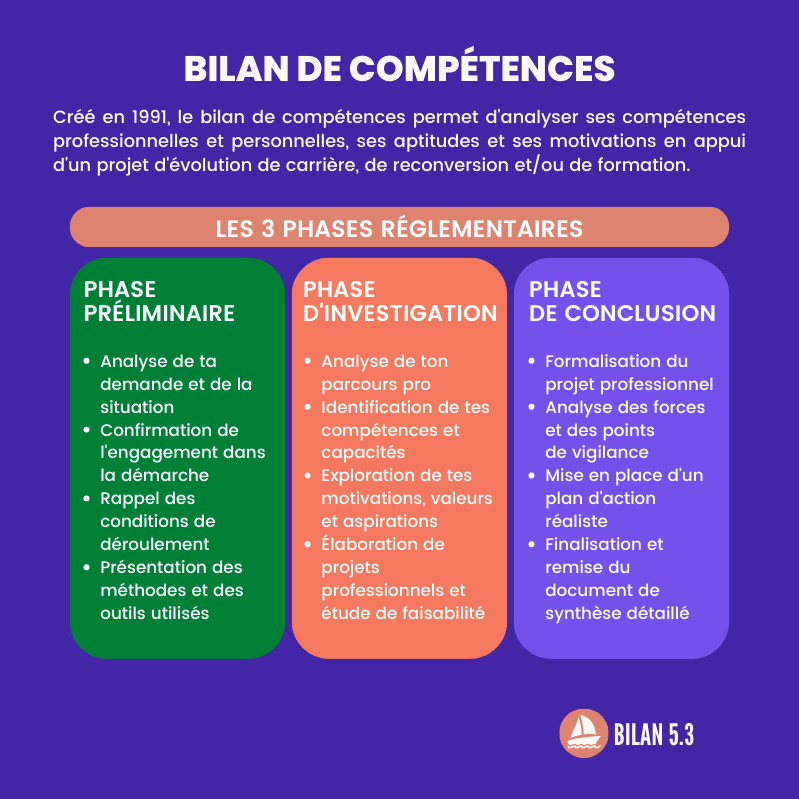Researchers have succeeded in causing the hallucinatory effects of a mushroom with a simple placebo.

- A simple placebo produced hallucinogenic effects in study participants
- A “psychedelic” environment was enough to produce these effects
It is possible to experience the hallucinatory effects of a mushroom without having to ingest the hallucinogenic drug. Researchers at McGill University (Canada) have succeeded in bringing together the necessary conditions for a placebo to alter the reality of the participants. The results were published in the journal Psychopharmacology.
A different gravity
Researchers wanted to know if it was possible to recreate the hallucinogenic effect of a mushroom using a placebo. For this, they made 33 people believe that they were going to study the effects of a hallucinogenic molecule – psilocybin – on their creativity, when they all received a placebo. The researchers have “subtly highlighted the stated effects of the drug”, they remember, explaining, among other things, that changes in consciousness would take place during the four hours of the experience. They even went so far as to reproduce the environment of a “typical psychedelic party” with paintings on the walls, DJ, colored light and visual projections.
The results showed that the universe created by the researchers boosted the hallucinatory effect of the placebo. 61% reported repercussions on their mental state, ranging from mild changes to effects similar to taking a moderate or high dose of an actual psychedelic drug. Some have even reported seeing the paintings on the walls move, while others have reported feeling gravity differently. However, the researchers point out that large variations in the effects experienced have been reported.
The importance of the environment
These results demonstrate the importance of the environment in taking a psychedelic. “Study reinforces the power of context in psychedelic settingsnotes Jay Olson, co-author of the study. With the recent resurgence of psychedelic therapy for disorders such as depression and anxiety, clinicians may be able to take advantage of these contextual factors to achieve similar therapeutic experiences from lower doses, which would further improve medication safety.”
.















